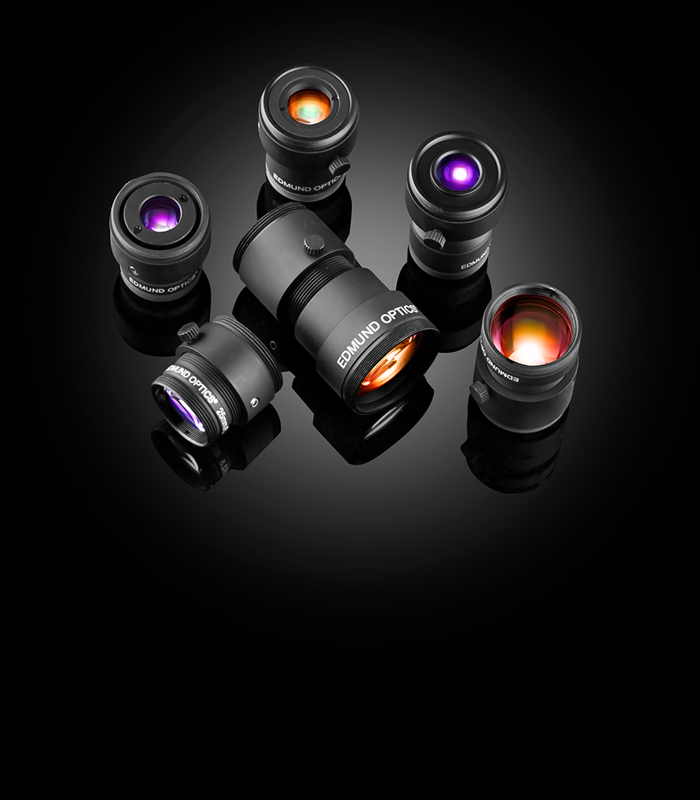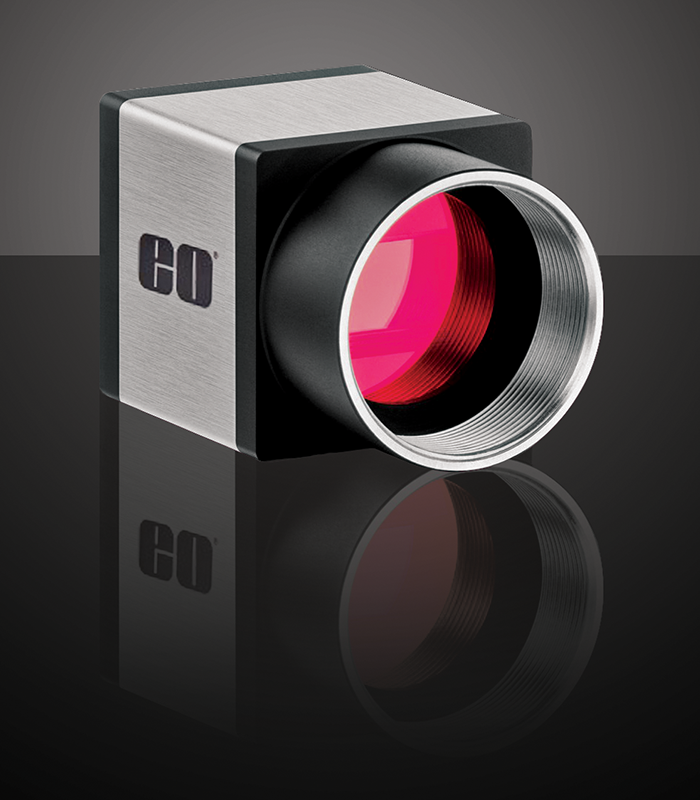
|
|
Automated Warehousing |
|
|
Barcode and QR Scanning |
|
|
Product Sorting |
|
|
Supply Chain Optimization |
Many organizations and businesses use logistical systems to automate, organize, and improve processes. Generally, logistics refers to the detailed organization of complex operations related to the flow of processes. Inventory-based organizations typically use logistics systems to manage or automate a supply chain. These techniques require optical systems to identify, inspect, or sort objects or supplies; move them from one physical location or step to another; and prepare them for the final stage in the supply chain process, which is typically the shipping and delivery of the commodity.
The convenience of the internet has enabled the fast, widespread growth and adoption of e-commerce and online shopping services. This growth has further driven the need for increased warehousing efficiency and throughput. Delivering a wide selection of products to customers globally requires companies to have highly robust and efficient supply chain logistics and automated warehouse technologies which utilize optical systems for barcode scanning, product sorting, and much more
Moreover, advancements in optical and imaging technologies further improve the capabilities of logistics and supply chain technologies. Pixel count and data transfer rates in machine vision camera sensors have increased by several orders of magnitude, allowing the capture of extremely high-resolution images. Illumination systems have also become substantially brighter because of advancements in LEDs. As labor costs have increased and these technological advancements continue to drive down automation prices, the desire to automate processes, manufacturing or otherwise, has intensified.

Logistical environments such as automated warehouses often use robotic systems to identify, sort, and move products from one location to another. These systems are equipped with imaging optics and additional components that read barcodes, QR codes, or other markers using optical character recognition. To identify these tags accurately and reliably, inspection systems make use of high-resolution lenses with mid-to long-range working distances and high-intensity illumination sources like ring lights. Illuminating and imaging product identification tags from a distance gives automated warehouse robotics the ability to identify products to be selected for the next stage of the supply chain process.
Edmund Optics (EO) is a world class optics and photonics manufacturer with over 78 years of experience in optics, design, testing, and manufacturing. Additionally, Edmund Optics offers a broad selection of versatile and off-the-shelf products, which are continuously updated to support current, relevant challenges for logistics & supply chain management. Learn more about Edmund Optics and our World-Class Imaging Optics and Manufacturing Capabilities.




1 Ali, Fareeha. “U.S. Ecommerce vs Retail Sales from 2007-2019.” Digital Commerce 360, 3 Mar. 2020, www.digitalcommerce360.com/article/e-commerce-sales-retail-sales-ten-year-review/
or view regional numbers
QUOTE TOOL
enter stock numbers to begin
Copyright 2024, Edmund Optics Singapore Pte. Ltd, 18 Woodlands Loop #04-00, Singapore 738100
California Consumer Privacy Acts (CCPA): Do Not Sell or Share My Personal Information
California Transparency in Supply Chains Act